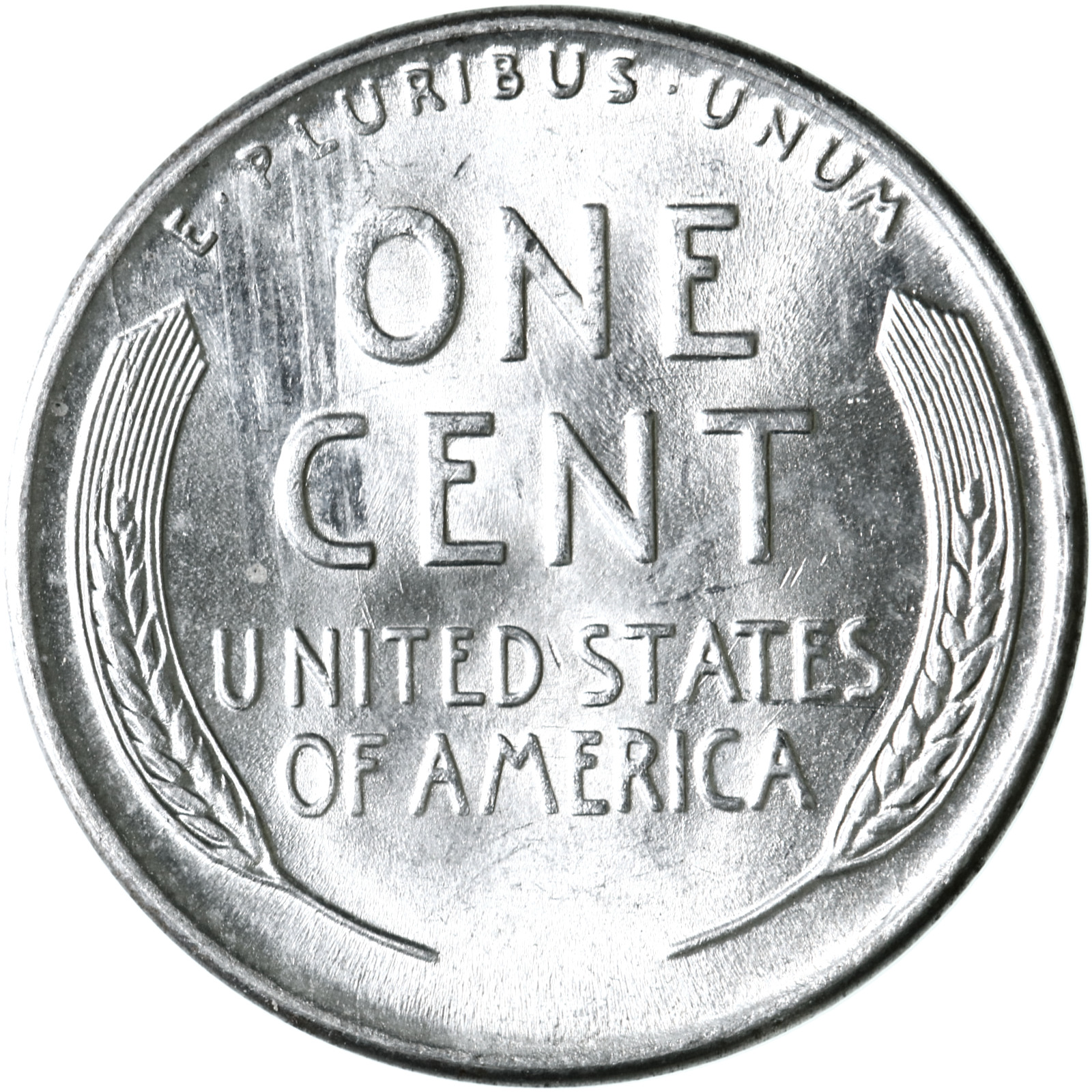The 1943 steel penny is a fascinating piece of American numismatic history. With its unique composition and historical significance, it has captured the interest of collectors and enthusiasts alike. This article delves deep into the value of the 1943 steel penny, providing you with all the essential information you need to understand its worth and significance.
During World War II, the United States faced a severe shortage of copper, a critical material needed for wartime production. In response, the U.S. Mint made a temporary change in the composition of the penny, opting to produce them from steel coated with zinc. This resulted in the creation of the 1943 steel penny, a coin that stands out both in appearance and historical context. But what is the 1943 steel penny value today? Let’s explore.
Key Takeaways
- The 1943 steel penny was produced due to a copper shortage during World War II.
- Its value can vary significantly based on condition, rarity, and specific mint marks.
- Uncirculated and error coins can command higher prices.
- Understanding the historical context and specifics of the coin can enhance its value for collectors.
Explaination
Parties Involved: Specific Details and Background Information
The production of the 1943 steel penny involved the U.S. Mint, which operates facilities in Philadelphia, Denver, and San Francisco. These mints produced millions of steel pennies, each marked with a mint mark indicating its origin (‘P’ for Philadelphia, ‘D’ for Denver, and ‘S’ for San Francisco). The decision to switch to steel was influenced by the U.S. government’s need to conserve copper for the war effort, leading to a temporary yet significant change in coinage.
Timeline: Important Dates and Milestones

The timeline of the 1943 steel penny is closely tied to World War II:
- 1942: The U.S. government decides to conserve copper for wartime needs.
- 1943: The U.S. Mint produces steel pennies coated with zinc to prevent rusting.
- 1944: The mint resumes the production of copper pennies, making the 1943 steel penny a one-year anomaly.
- Post-War: The 1943 steel penny becomes a collector’s item due to its unique composition and historical significance.
How Does This Impact Them?
The introduction of the 1943 steel penny had various impacts:
- Numismatists: Coin collectors gained a unique item for their collections, with the steel penny becoming a coveted piece due to its rarity and historical context.
- The Public: Everyday Americans noticed the difference in their change, with the steel penny’s distinct appearance standing out among copper coins.
- Historians: The coin serves as a tangible reminder of the wartime economy and the measures taken to support the war effort.
Public Reaction: Significant Coverage
The 1943 steel penny garnered significant attention both during its circulation and in the years that followed:
- 1943: Media outlets reported on the unusual appearance of the new pennies, with some initial confusion among the public.
- Post-1943: As collectors and historians recognized the coin’s significance, it received coverage in numismatic publications and historical retrospectives.
- Modern Day: The 1943 steel penny continues to be a topic of interest in articles, documentaries, and collector forums, highlighting its enduring appeal.
Future Plans: Detailed Insights
The value of the 1943 steel penny is expected to remain stable, with potential increases for well-preserved and rare specimens. Collectors and investors should keep an eye on the following factors:
- Condition: Coins in mint condition (uncirculated) or those with minimal wear command higher prices.
- Mint Marks: Pennies from the Denver (‘D’) and San Francisco (‘S’) mints are generally more valuable than those from Philadelphia (‘P’).
- Error Coins: Rare errors, such as double strikes or misprints, can significantly increase a coin’s value.
- Market Trends: The numismatic market can fluctuate, so staying informed about trends and demand is crucial for maximizing value.
The 1943 steel penny is more than just a coin; it is a piece of history that reflects the resilience and adaptability of a nation at war. Understanding the value of the 1943 steel penny requires a deep dive into its historical context, production details, and current market trends. Whether you are a seasoned collector or a curious enthusiast, this unique coin offers a glimpse into a pivotal moment in American history and remains a cherished item in the world of numismatics.
By appreciating the nuances of the 1943 steel penny, you can better understand its value and significance, making it a worthy addition to any collection.